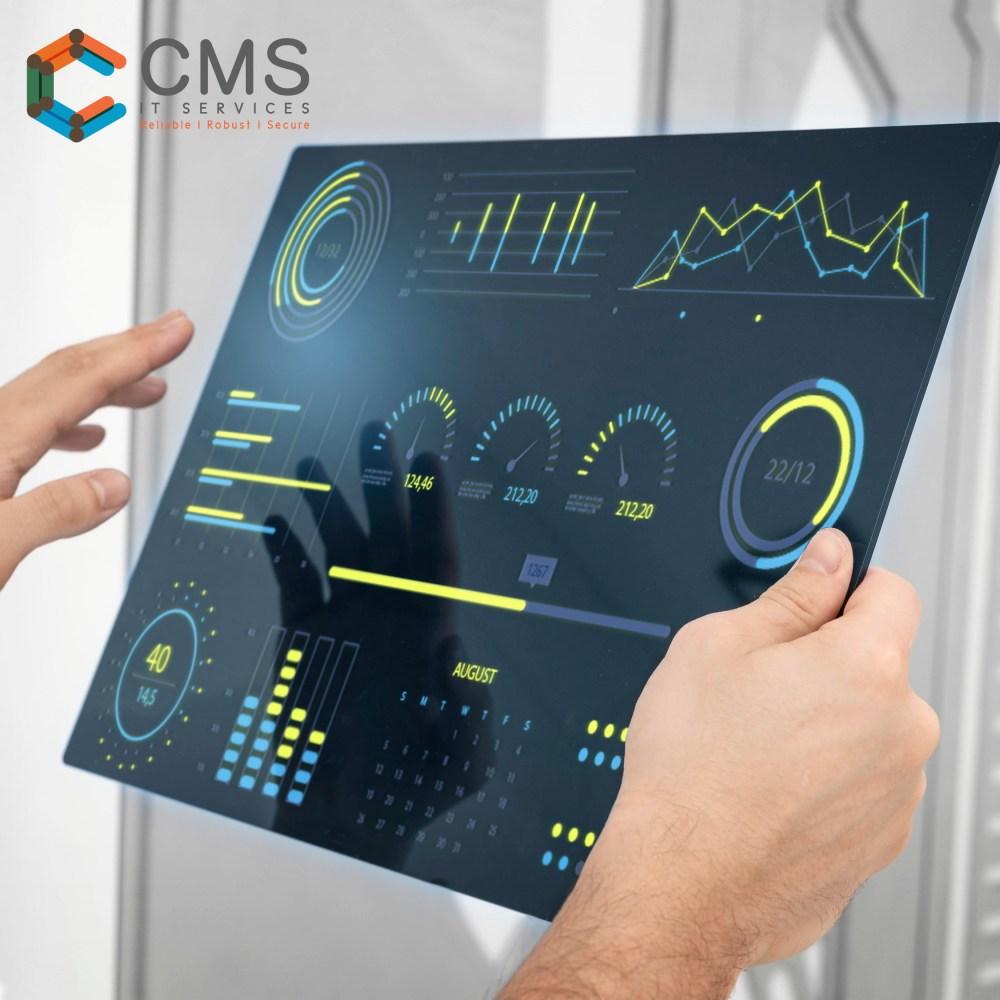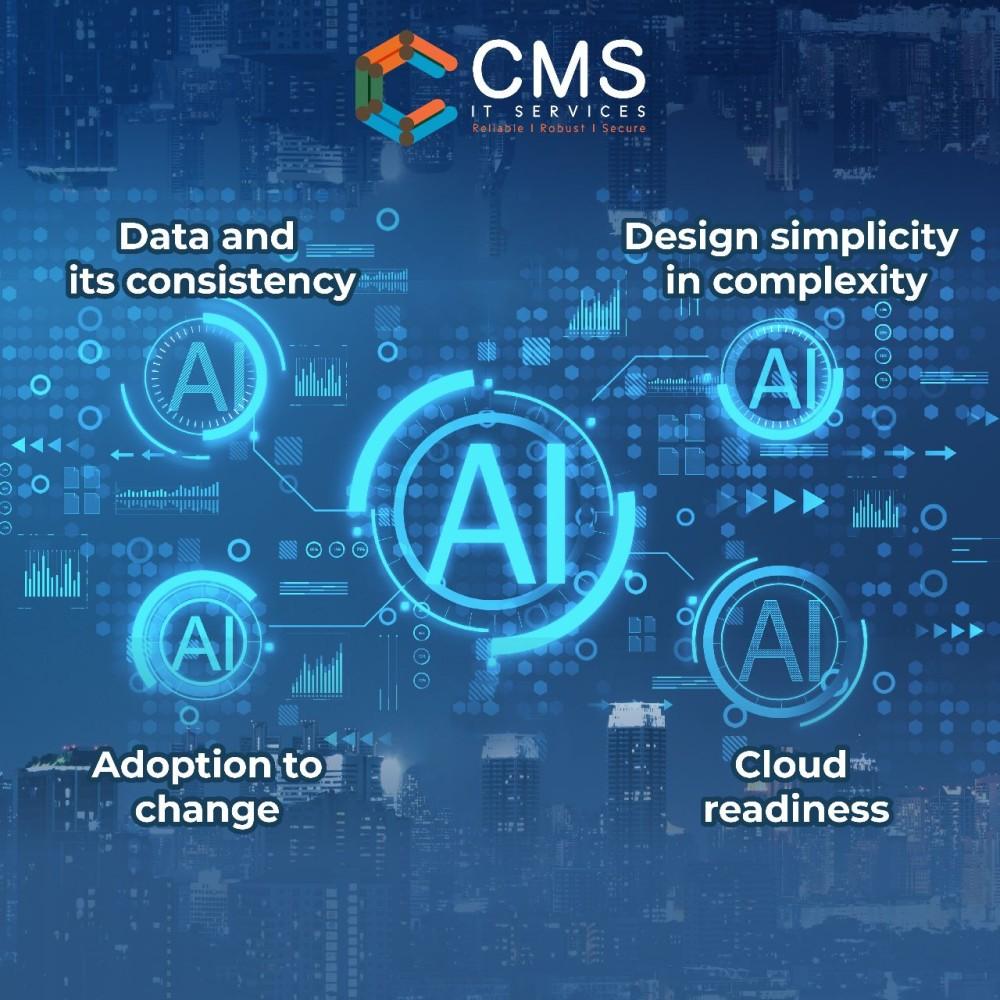Digital Experience Monitoring (DEM) to improve End-User Productivity
Digital Experience Monitoring (DEM) is a method that enables businesses to track and evaluate end-user experiences in real time. It gives IT teams the ability to find and fix problems end users could have with their digital experiences. This boosts workplace productivity.
We can utilize DEM to increase end-user productivity and below are a few use cases.
- Detect issues in real-time and troubleshoot them proactively before end users are impacted. DEM enables you to do both things. By doing this, you may avoid any potential downtime or productivity loss brought on by problems with the digital experience.
- Examine usage and performance patterns: DEM offers information on how end users are using digital resources, such as apps, networks, and devices. You can find any bottlenecks or inefficiencies that might be affecting production by analysing these trends.
- Compare performance to industry standards: DEM enables you to compare the digital user experience of your company to industry standards. By doing this, you may spot potential areas of weakness and make the required improvements to increase production. Monitor third-party applications and services: Many organizations rely on third-party applications and services to operate. DEM can monitor the performance of these applications and services and identify any issues that may be impacting end-user productivity.
- Improve the end-user experience: You can improve the end-user experience by using DEM. Because of this, customer happiness may rise, which in turn may raise productivity. You may build a setting that promotes productivity and efficiency by anticipating any problems and offering a seamless digital experience.
DEM is an effective technique for raising end-user productivity at work. Organizations can foster a productive and efficient work environment by proactively identifying and addressing digital experience issues, analysing performance and usage patterns, benchmarking against industry standards, monitoring third-party applications and services, and improving the end-user experience.
This article is a part of our 𝘿𝙞𝙜𝙞𝙩𝙖𝙡 𝙀𝙭𝙥𝙚𝙧𝙞𝙚𝙣𝙘𝙚 series. More to follow.
If you have queries related to 𝘿𝙞𝙜𝙞𝙩𝙖𝙡 𝙀𝙭𝙥𝙚𝙧𝙞𝙚𝙣𝙘𝙚 𝙈𝙤𝙣𝙞𝙩𝙤𝙧𝙞𝙣𝙜, reach out to our in-house DEM experts. They are happy to hear from you info@cmsitservices.com.



